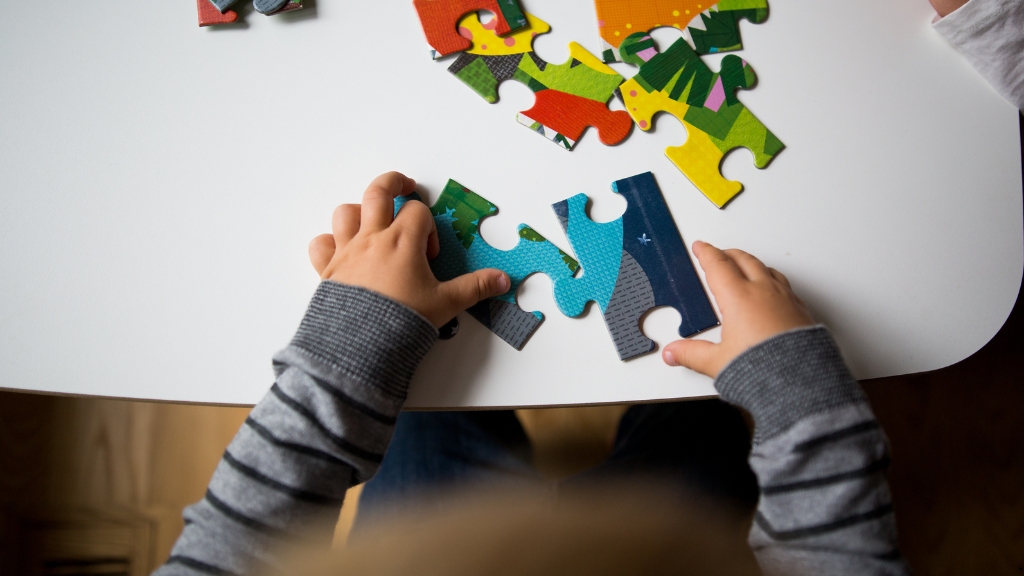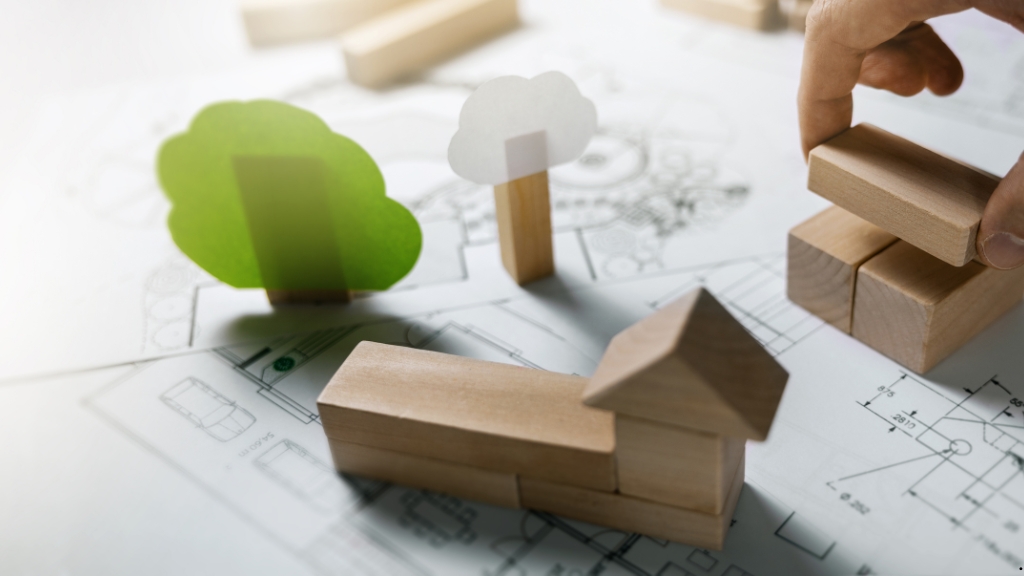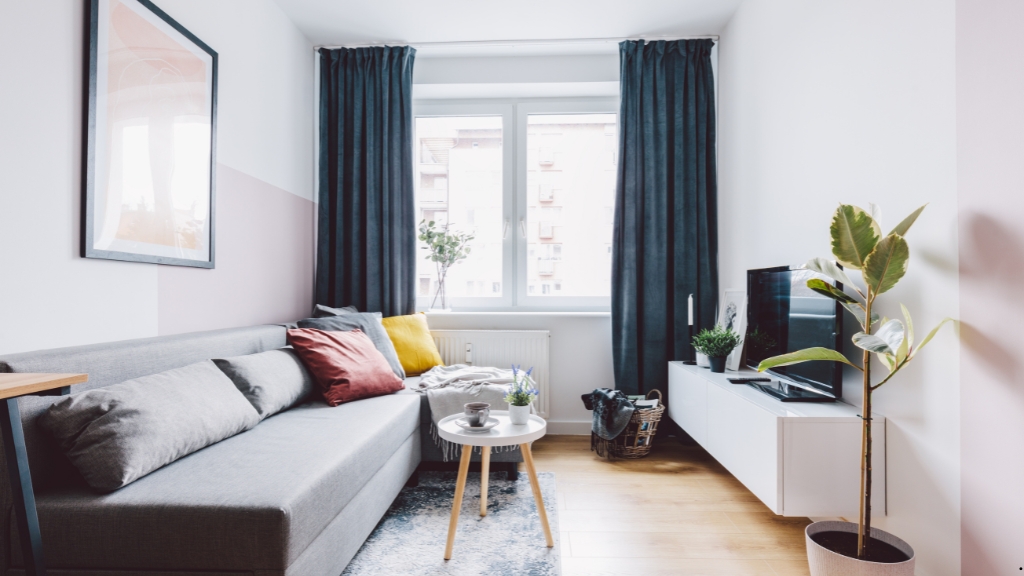
Building Creativity: How Construction Play Fuels Imagination in Young Minds
Every child has an innate curiosity just waiting to be unleashed. I’ve seen firsthand how construction play can be a powerful tool in nurturing that creativity. When kids engage in building with blocks, Legos, or even everyday materials, they’re not just having fun; they’re developing critical thinking skills and exploring their imaginations.
Through construction play, young minds learn to problem-solve and experiment with concepts like balance and structure. It’s fascinating to watch them transform simple ideas into intricate designs. This article dives into the remarkable ways construction play fosters creativity, helping children build not just structures but also essential life skills. Join me as we explore the incredible impact of play on a child’s development.
Understanding Construction Play
Construction play involves building and creating with various materials, allowing children to express their creativity while developing critical skills. This type of play is vital for cognitive, social, and emotional growth.
Definition and Importance
Construction play focuses on activities that encourage children to manipulate materials to create structures. This play type enhances spatial awareness, problem-solving abilities, and fine motor skills. Engaging in construction play also boosts self-esteem, as children see their ideas come to life. Such play promotes collaboration when children work together, enhancing their communication and teamwork skills.
Types of Construction Play
Block Building
Kids utilize wooden, plastic, or foam blocks to create structures, exploring balance and gravity concepts while enhancing their imaginative play.
LEGO and Similar Sets
Children connect interlocking pieces to form intricate designs, fostering creativity and logic through both guided and freeform building.
Sand and Water Play
Adjusting water and sand's consistency enables children to construct various shapes and forms, promoting sensory exploration while learning about physical properties.
Modeling Clay and Play-Dough
Molding materials into desired shapes allows kids to express creativity while perfecting their fine motor skills as they roll, pinch, and form.
Recycled Materials
Using everyday objects like boxes and bottles encourages imaginative recycling, enabling children to build with a focus on sustainability and resourcefulness.
Digital Construction Games
Engaging in virtual platforms for building, like Minecraft, cultivates spatial reasoning and planning skills, combining creativity with technology.
Benefits of Construction Play
Construction play offers numerous benefits that significantly enhance children's development. Engaging in building activities provides a platform for children to learn essential skills through hands-on experiences.
Cognitive Development
Cognitive development thrives through construction play. Children encounter challenges that require problem-solving, analytical thinking, and creativity. As kids manipulate materials—like blocks or Legos—they grasp concepts such as symmetry, balance, and gravity. Engaging with various building materials allows children to experiment and understand spatial relationships. This hands-on learning promotes not only critical thinking but also improves memory retention as they learn through doing.
Social Skills Enhancement
Social skills enhancement occurs naturally during construction play. When children build together, they communicate ideas, negotiate roles, and share resources. Collaboration in group settings fosters teamwork and encourages patience. Kids learn to respect diverse viewpoints, enhancing their social awareness. This shared experience not only strengthens friendships but also develops conflict-resolution skills as children navigate differences while creating together.
Creative Thinking in Young Minds
Creative thinking flourishes in young minds through construction play. Engaging in such activities nurtures essential skills, allowing children to invent and explore while enhancing their cognitive development.
Encouraging Problem Solving
Construction play encourages problem-solving by presenting children with real-world challenges. They might face issues like how to stabilize a structure or fit pieces together. As they navigate these obstacles, children develop critical analytical skills. For example:
Identifying Solutions: Children learn to assess various approaches to achieve their construction goals.
Trial and Error: They become comfortable with experimentation, understanding that mistakes serve as learning opportunities.
Resourcefulness: Young builders utilize available materials creatively, honing their ability to innovate within constraints.
Fostering Imagination
Construction play fosters imagination, allowing children to visualize and create unique structures. This imaginative process serves as the foundation for innovative thinking. Notable aspects include:
Creative Expression: Children express ideas through tangible creations, translating abstract thoughts into physical forms.
Storytelling: Building projects often incorporate storytelling, where children create narratives around their creations, enhancing both creativity and communication skills.
Exploration of Concepts: Young minds explore complex ideas, including space, proportions, and design, while bringing their visions to life.
By engaging in construction play, children not only reinforce their existing skills but also unlock new avenues for creativity and expression.
Practical Tips for Parents and Educators
Construction play is a powerful tool for fostering creativity. Here are some practical tips on recommended construction toys and creating a play-friendly environment.
Recommended Construction Toys
Building Blocks: Opt for various shapes and sizes to challenge spatial reasoning.
LEGO Sets: Choose themed kits or create freeform models to spark imagination.
Magnetic Tiles: Use colorful tiles to promote open-ended building and design.
Kinetic Sand: Incorporate this material for a mess-free, sensory building experience.
Recycled Materials: Gather cardboard boxes, tubes, and bottle caps for creative construction.
Modeling Clay: Offer clay for children to sculpt and experiment with three-dimensional designs.
Digital Construction Games: Introduce apps and games that encourage building in a virtual space.
Creating a Play-Friendly Environment
Dedicated Space: Designate an area for construction play, ensuring it’s free from distractions.
Accessible Materials: Keep construction toys organized and easily reachable to encourage independent exploration.
Safety First: Use soft surfaces and remove sharp objects nearby to create a safe play area.
Encouraging Collaboration: Invite multiple children to play together, fostering teamwork and shared problem-solving.
Limit Screen Time: Balance digital play with hands-on construction activities for a more enriching experience.
Rotate Toys: Change out available toys regularly to maintain interest and inspire new ideas.
By implementing these tips, parents and educators can nurture children’s creativity through structured yet open-ended construction play.
Conclusion
Embracing construction play is one of the best decisions I can make for my child's development. It’s incredible to see how building activities ignite their creativity and enhance critical thinking skills. I’ve witnessed firsthand how these playful experiences not only bring ideas to life but also foster essential social skills and problem-solving abilities.
By providing a variety of construction materials and a supportive environment, I can encourage my child to explore and innovate. The benefits of construction play are profound and lasting, shaping young minds in ways that will serve them throughout their lives. I’m excited to continue this journey of discovery and growth with my child, knowing that each block they stack is a step toward a brighter future.


